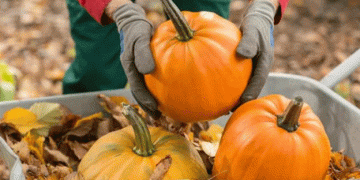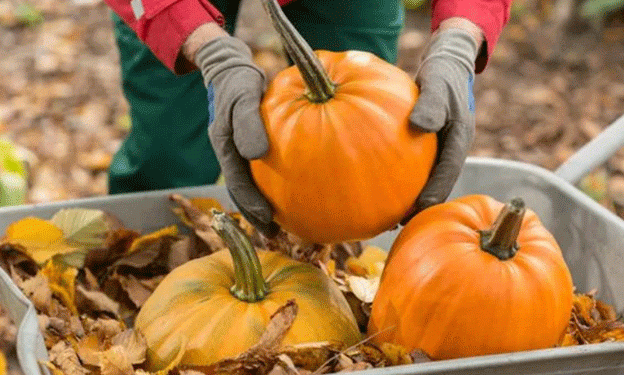As the autumn season settles into Kabardino-Balkaria, one crop stands out on market stalls: pumpkins. Known for their vibrant orange color and versatility, pumpkins are a staple in the region’s fall harvest. This year, farmers across Kabardino-Balkaria are enjoying a robust season, with yields that continue to grow year-on-year.
According to the Ministry of Agriculture of Kabardino-Balkaria, pumpkin production in 2023 is expected to match or surpass last year’s impressive harvest. In 2022, local farms and households harvested 6.5 thousand tons of pumpkins, marking an 8.8% increase compared to the previous year. Much of this production, approximately 5.5 thousand tons, comes from small-scale household farms, demonstrating the importance of pumpkins in the local agricultural economy.
The average yield in 2022 reached 268.5 centners per hectare (c/ha), a notable 110% increase from 2021. These yield improvements are a result of better farming techniques, favorable growing conditions, and local expertise in managing this highly adaptable crop. Farmers this year are optimistic that they will see similarly strong results, particularly with improved seed varieties and optimal weather during the growing season.
Pumpkin Varieties and Market Trends
In Kabardino-Balkaria, a variety of pumpkins are cultivated, from smaller decorative types to large, meaty varieties used in traditional cooking. The diversity of pumpkin sizes and types makes it a versatile crop, suitable for both consumption and ornamental use. Local markets are filled with pumpkins being sold whole or sliced into convenient portions, making it easy for consumers to purchase exactly what they need.
Demand for pumpkins typically peaks in the fall, as they are widely used in traditional dishes like soups, stews, and even desserts. This demand is further boosted by growing awareness of pumpkins’ health benefits, as they are rich in vitamins A and C, fiber, and antioxidants.
Opportunities and Challenges
Despite the promising yields, farmers in Kabardino-Balkaria face several challenges in pumpkin cultivation. One major issue is the volatility of market prices, which can fluctuate depending on supply and demand. Additionally, while household farms account for most of the production, there is room for larger commercial farms to expand pumpkin cultivation and optimize distribution channels.
However, there are also significant opportunities for growth. The region’s favorable climate and soil conditions are ideal for pumpkin cultivation, and expanding pumpkin production could bring more economic benefits. Moreover, as pumpkins become more popular for use in processed food products like pumpkin puree, there is potential for farmers to enter new markets beyond fresh produce sales.
Pumpkin cultivation in Kabardino-Balkaria is on an upward trajectory, with increasing yields and strong market demand supporting local farmers. The crop plays a vital role in the agricultural economy, particularly for small-scale farms. By continuing to refine cultivation techniques and exploring new market opportunities, Kabardino-Balkaria’s farmers can further enhance their pumpkin production and profitability.


































